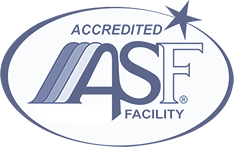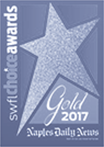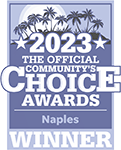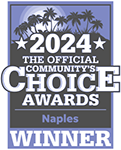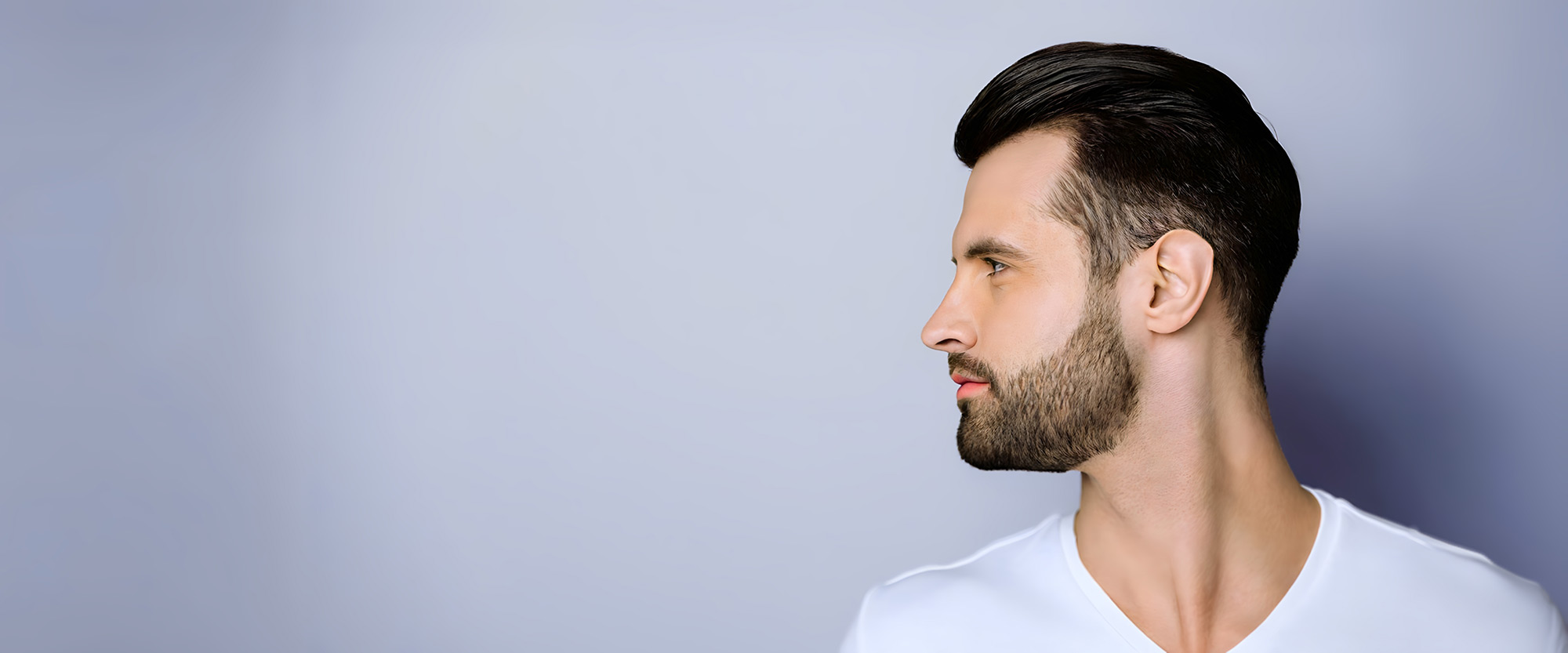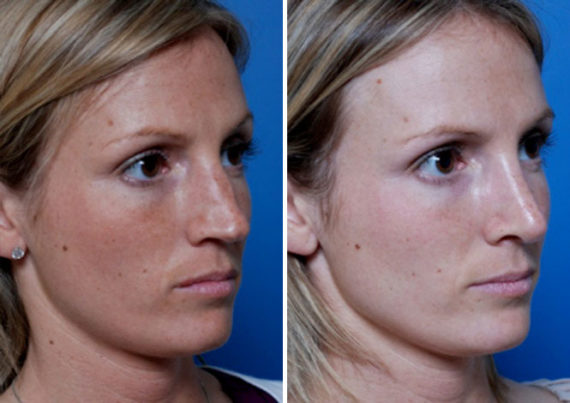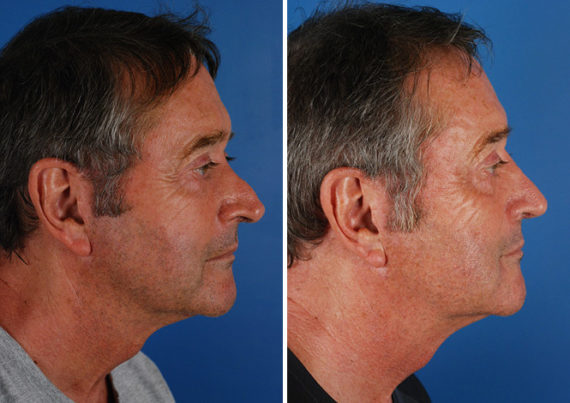Refine Your Nose with Revision Rhinoplasty Benefits
Revision Rhinoplasty is a refined surgical approach for those seeking to enhance or correct the results of a previous nose surgery. This procedure offers an opportunity to achieve the desired aesthetic and functional goals that were not fully realized initially. With expert precision and artistic vision, Revision Rhinoplasty tailors results to each individual’s unique facial structure and needs.
Our Achievements
A few words about Revision Rhinoplasty
Revision rhinoplasty typically is performed with deep intravenous anesthesia in our AAAASF certified operating rooms. Like primary rhinoplasty, revision can be performed through either a closed (endonasal) approach, during which incisions are made inside the nose, but far more commonly through open (external) rhinoplasty where incisions are made on the strip of skin between the nostrils. Moreover, when performing revision rhinoplasty for men, the choice between a closed or open approach is carefully considered to align with the distinct facial structure and aesthetic goals of male patients. The approach depends on the maneuvers that need to be accomplished. The skin of the nose will be elevated from the supporting bone and cartilage. Any missing structures removed during the previous surgery may be replaced or repositioned.
External dressings on the nose and sutures are usually removed 1 week post-operatively. These are placed to help control swelling and stabilize the nose. Bruising will fade over the course of about 10-14 days and swelling will gradually subside too. While swelling will noticeably decrease during the initial weeks after surgery, the last bits of swelling can take several months and up to a year to fully fade.
Experience Renewed Confidence with Men’s Revision Rhinoplasty
Revision Rhinoplasty for Men at our Aesthetic Surgery Center isn’t just a procedure; it’s a transformative experience. Tailored to address unique male facial structures, our expert surgeons in Naples, FL, ensure results that blend functionality with aesthetic appeal, enhancing your overall facial harmony.
Identifying the Ideal Candidate for Revision Rhinoplasty
The ideal candidate for revision rhinoplasty has realistic expectations about the outcomes of this challenging surgery. They should be in good overall health, have completed their facial growth (typically 18 years or older), and have specific concerns about their nasal structure or breathing issues. They must be fully healed from his previous rhinoplasty surgery, as undertaking a revision procedure too soon can lead to complications.
Candidates often have issues like a nasal bridge that is too high or low, nasal skin that needs reshaping, or functional problems like nasal valve collapse. A skilled surgeon, often double board-certified in otolaryngology and facial plastic surgery, will assess the individual patient’s needs, considering factors like the presence of scar tissues, the thickness of nasal skin, and the structural integrity of the nose.
The Consultation Process for Revision Rhinoplasty
During the initial consultation, the surgeon will evaluate the patient’s nasal structure and previous surgery outcomes and discuss the goals of revision rhinoplasty. This is also the time to address any concerns about the procedure, recovery process, and revision rhinoplasty cost. The surgeon will develop a customized treatment plan, considering the patient’s unique facial features and the complexities of the revision procedure.
The consultation is an opportunity to ask about the surgeon’s experience with revision rhinoplasty, view before-and-after photos of previous rhinoplasty patients, and gain a clear understanding of what to expect. It’s also a time to discuss the surgical techniques that will be used, whether it’s an open or closed rhinoplasty, and the use of grafting materials like cartilage from the ear or cadaver rib cartilage grafts.
The Revision Rhinoplasty Procedure
The revision rhinoplasty surgery is tailored to address the unique challenges posed by previous nose jobs. It often involves complex surgical techniques to correct both aesthetic and functional issues. The procedure may include altering the nasal bridge, reshaping the nasal tip, or addressing breathing issues caused by internal nasal obstructions. Surgical procedures can range from minor modifications to extensive reconstruction, depending on the severity of the issues and the goals of the patient.
During the surgery, the plastic surgeon may need to use cartilage grafts, taken from the patient’s ear or purchased from a tissue bank (homograft irradiated rib cartilage graft), to rebuild the nasal structure. This is particularly common in cases where excess cartilage was removed during the initial surgery or where structural support is needed. The surgery time varies but can be longer than the primary rhinoplasty due to the complexity of the revision procedure.
Revision Rhinoplasty Techniques
Revision rhinoplasty can involve a variety of surgical techniques, depending on the specific issues being addressed:
- Open vs. Closed Rhinoplasty: Open rhinoplasty involves making an incision along the columella (the tissue between the nostrils), allowing the surgeon full access to the nasal structure. Closed rhinoplasty involves incisions within the nostrils and is less invasive.
- Cartilage Grafting: Often necessary in revision procedures to provide additional support, reshape the nose, or correct asymmetries.
- Refinement of Nasal Tip: Adjusting the tip of the nose for better aesthetic balance and symmetry.
- Correction of Nasal Bridge: Modifying the bridge for a more natural-looking nose, addressing issues like a saddle nose or a bridge that is too high or low.
Risks and Side Effects of Revision Rhinoplasty
As with any surgical procedure, revision rhinoplasty carries risks and potential side effects. These may include, but are not limited to:
- Bleeding and Infection: Although rare, there is a risk of bleeding and infection post-surgery.
- Scarring: Scarring can occur, especially in open rhinoplasty, but is typically well-concealed.
- Breathing Difficulties: Some patients may experience temporary or, in rare cases, permanent breathing issues.
- Dissatisfaction with Results: There is always a risk that the outcome may not meet the patient’s expectations.
Recovery and aftercare after Revision Rhinoplasty
The recovery period following revision rhinoplasty is crucial for achieving the best results. Patients should expect:
- Downtime: Most patients will need to take time off work and avoid strenuous activities for a few weeks post-surgery.
- Swelling and Bruising: Common after surgery but will gradually subside. Cold compresses can help reduce swelling.
- Follow-Up Visits: It is necessary to monitor the healing process and ensure the nose is healing correctly.
- Long-Term Care: It may take up to a year for the final results to fully develop, during which time patients should protect their noses from any potential injury.
Cost Considerations for Revision Rhinoplasty
The cost of revision rhinoplasty can vary significantly based on several factors:
- Complexity of the Procedure: More complex procedures, such as those requiring extensive cartilage grafting or reconstruction, typically cost more.
- Surgeon’s Expertise: The surgeon’s experience and reputation can influence the cost. Skilled surgeons with advanced rhinoplasty knowledge may charge higher fees.
- Geographical Location: Costs can vary depending on the practice’s location. Procedures in metropolitan areas might have different pricing structures than those in other regions.
- Additional Expenses: These can include facility fees, anesthesia fees, and post-operative care supplies.
Patients need to discuss all cost-related aspects during the initial consultation.
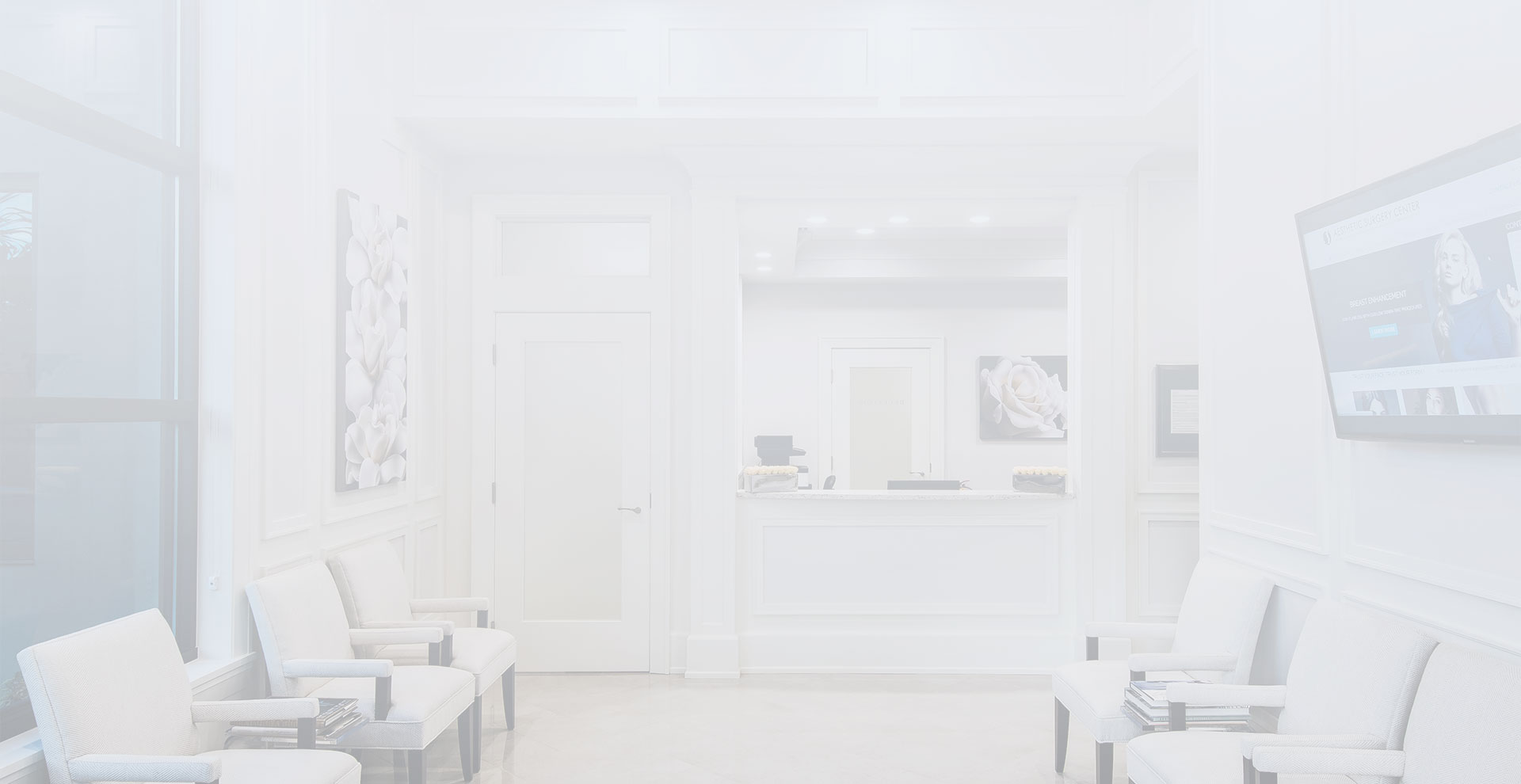
Revision Rhinoplasty Before & After Photos
* Each patient is unique and individual results may vary.
Why choose Aesthetic Surgery Center
Dr. Anurag Agarwal, M.D., F.A.C.S.
- Double board-certified facial plastic surgeon by the American Board of Facial Plastic and Reconstructive Surgery and the American Board of Otolaryngology – Head and Neck Surgery.
- Oral examiner and Board of Directors for the American Board of Facial Plastic and Reconstructive Surgery
- Former President of the Florida Society of Facial Plastic and Reconstructive Surgery
- Received his Doctor of Medicine at Philadelphia’s MCP-Hahnemann School of Medicine in 1999 and was elected to the Alpha Omega Alpha Honor Society.
- In 2016, Dr. Agarwal was honored at the annual American Academy of Facial Plastic and Reconstructive Surgery national meeting.
Richard W. Maloney, M.D., F.A.C.S.
- Double board-certified facial plastic surgeon by both the American Board of Facial Plastic and Reconstructive surgery and the American Board of Otolaryngology-Head and Neck Surgery.
- Served as chief investigator for numerous laser application systems for CO2, Argon, Nd:YAG, ER:YAG and Krypton lasers used in Facial surgery.
- Fellow American Academy of Facial Plastic and Reconstructive Surgery and American Academy of Cosmetic Surgeons
- Board-certified plastic surgeon by the American Board of Plastic Surgery.
- Attended medical school at UNMC (University of Nebraska Medical College).
- Was elected to the Alpha Omega Alpha Honor Society.
- Member of The Aesthetic Society, the Florida Medical Association, and Collier County Medical Society.
- General surgery residency at Loyola University Medical Center in Maywood, IL
- Plastic surgery residency at Cleveland Clinic Florida

